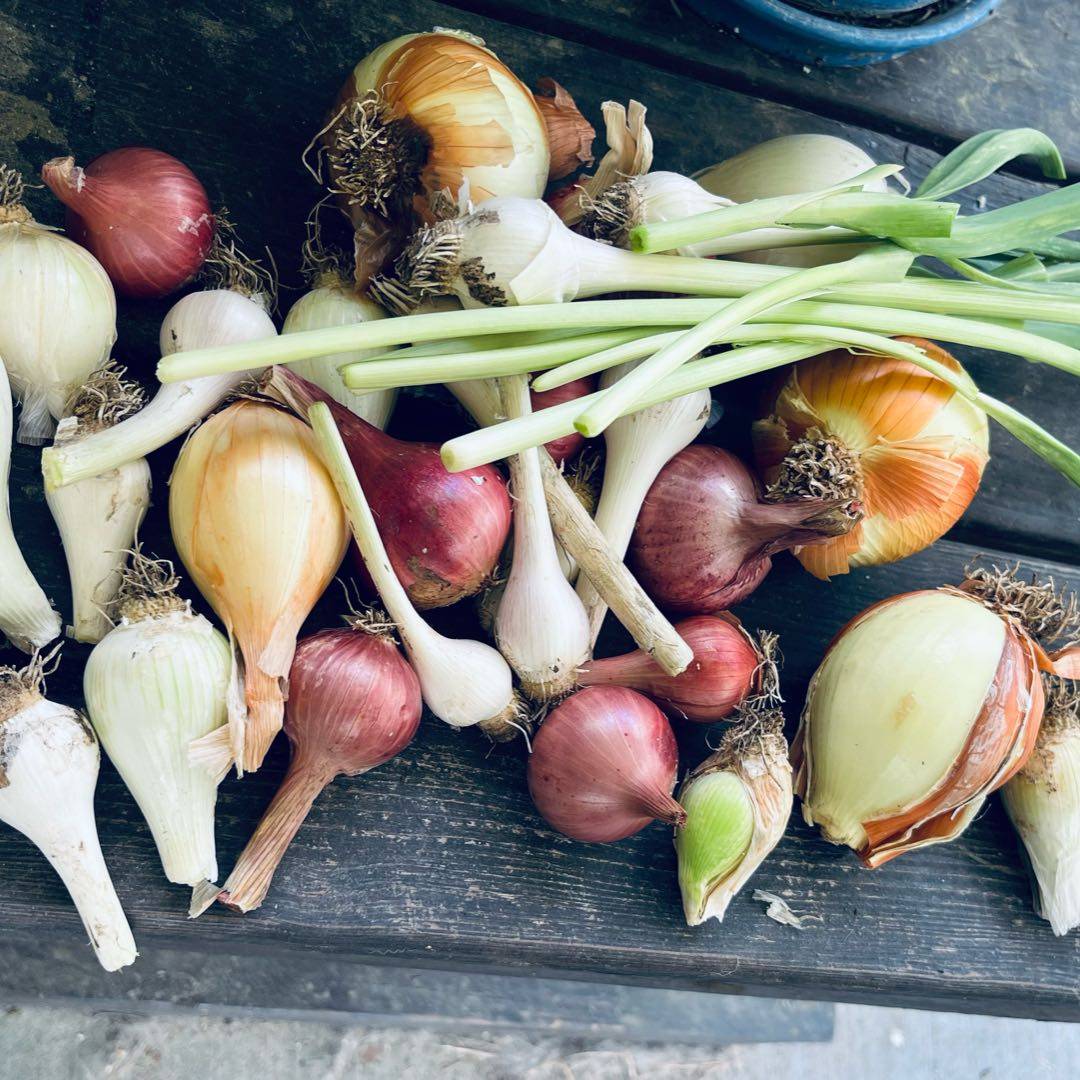
Beautiful alliums from Oma and Opa‘s garden. The garlic scapes will go into a white wine sauce, thrown over some whole wheat or legume pasta.

Beautiful alliums from Oma and Opa‘s garden. The garlic scapes will go into a white wine sauce, thrown over some whole wheat or legume pasta.
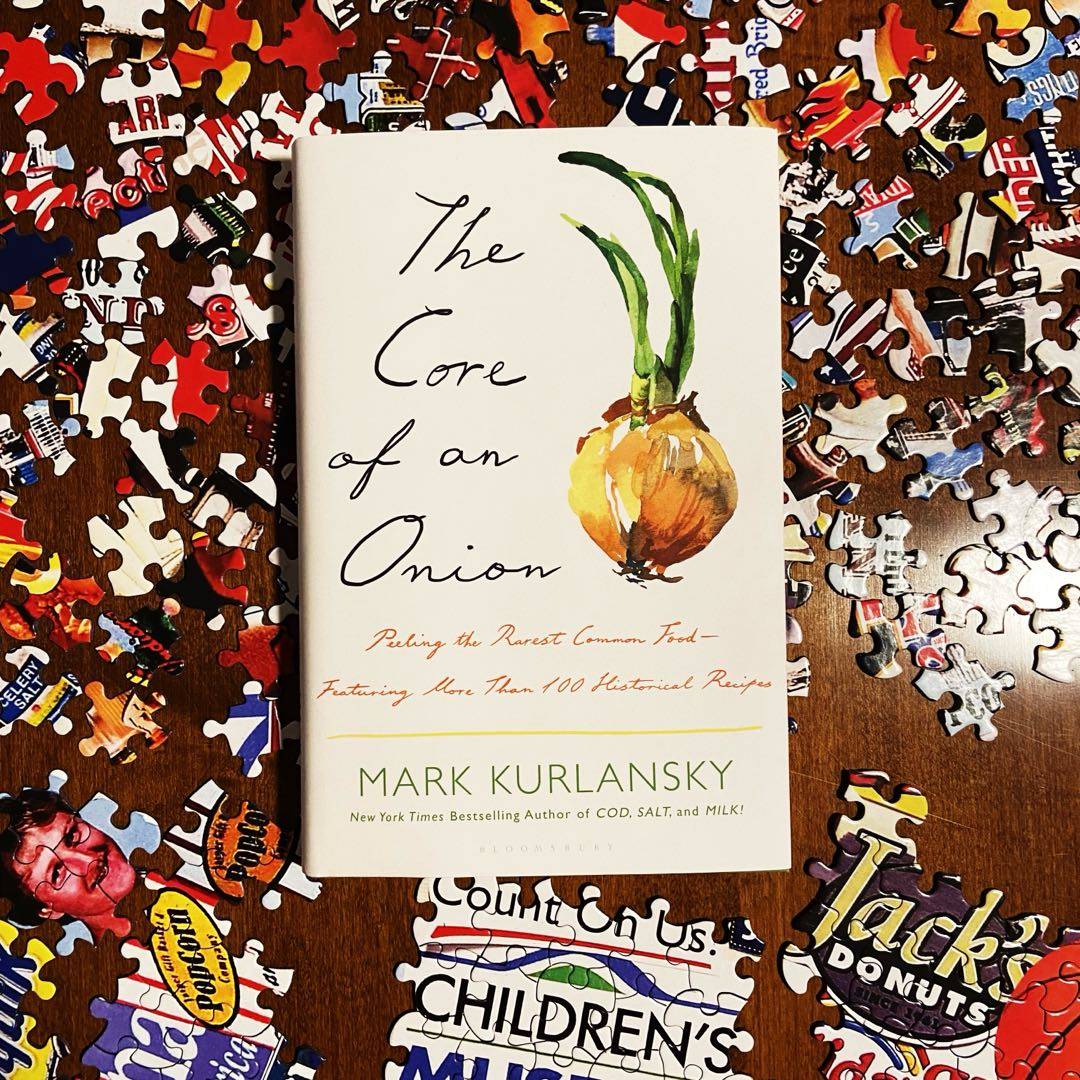
This was an impulse buy that I read from start to finish one night at work (I was on the psych unit where most patients sleep). Part one is a cultural history of onions. Part two is where the fun happens: so many historical recipes for onions! Soup, creamed, fried, baked, stuffed, etc. But my favorite has to be onion bread and bagels! I‘m a true Polish girl in my love of onion bread! 🥯 🧅 #onions

Some folx having a good time at a rugby game. The Welsh leek tradition is a serious thing!!!

I was so excited to read this book and I loved it! With fascinating history and a handful of historical recipes, if you love culinary history, this book is for you. I have a deeper appreciation for onions now and will be thinking of these histories each time I see, buy, grow, cut, cook, and eat them now.
I think this AI image shows our passion for the allium. Alliums were here before us; they‘ll persist after us. We take them with us.

Rufus Estes was born a slave in 1857. In 1911 he published Good Things to Eat, the first cookbook by an African-American, and which he gives this recipe for glazed onions: Peel the onions and place in a sauce pan with a little warmed fire and cook slowly till quite tender in the outside brown. Remove and serve on a dish. A little of the liquor, thickened with flour, may be served as a sauce.

Though only a 21 square mile island, Bermuda had 50 acres devoted to cultivating onions. Along with the first onion seeds, the first enslaved person from Africa was taken to Bermuda from the Caribbean on board the Edwin. Enslaved children would run through the fields chasing away the birds that ate the onion seeds. This was called “minding the onion seed.” The work passed on to free Black immigrants after Emancipation in 1834.
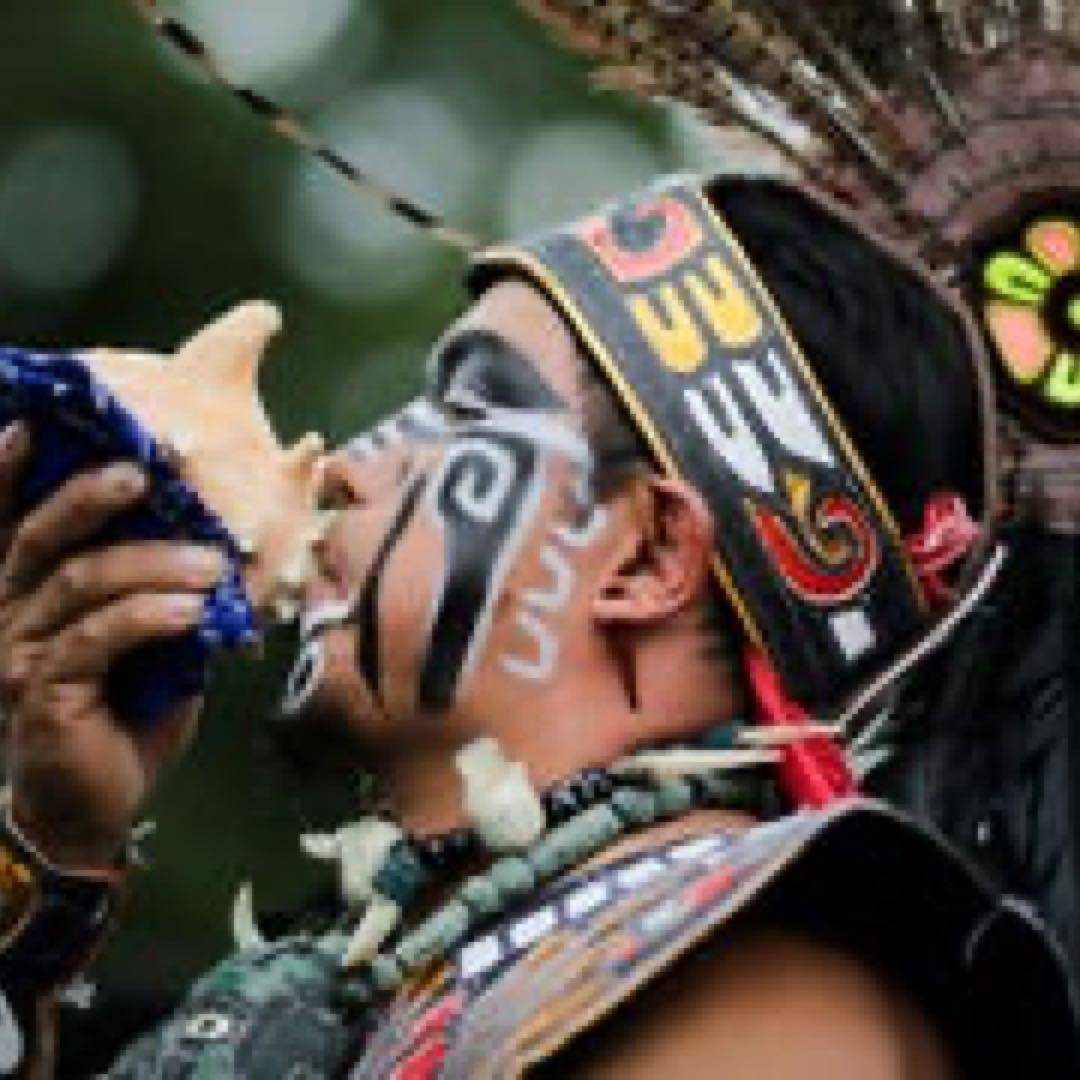
There are seventy species of wild onion native to North America. Native American Indians harvested them and sometimes ate them raw, but also used them to flavor cooked dishes, or would eat them as a cooked vegetable. Onions were also used in syrups and dyeing. Roasted wild onions and honey were used by Native Americans to treat snakebites. There does not appear to have been much cultivation of alliums by native north Americans, with the notable
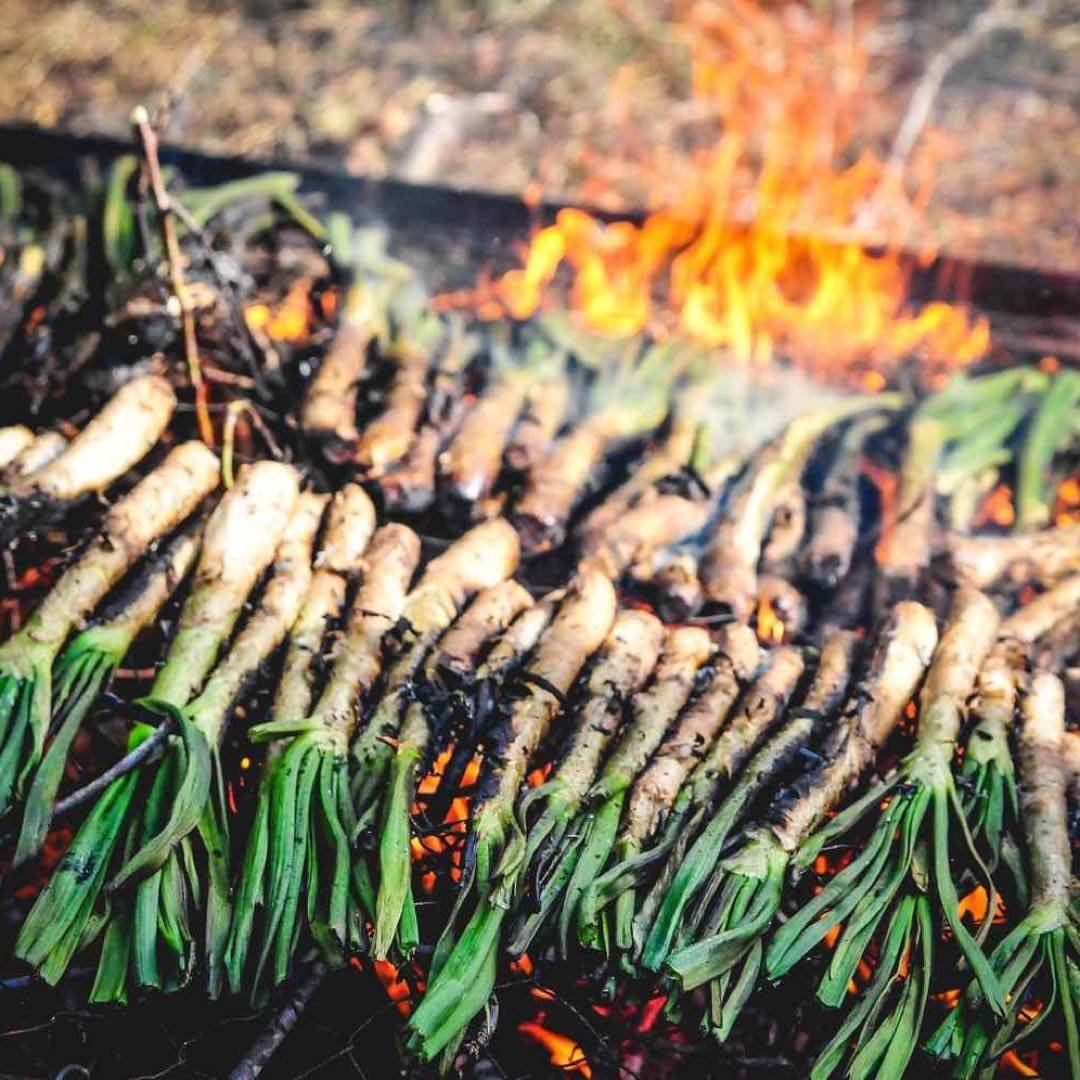
In many parts of Europe, old-time onion traditions are celebrated at folk festivals. One of the most cherished local onions are the calçots, grown in the Catalan region of Spain. The calçots are green onions, as large as leeks, but stronger tasting, though milder than Spanish onions. In the nineteenth century, Catalan farmers started growing them with the bottoms covered in soil so that they remained white up to their green tips, a technique also
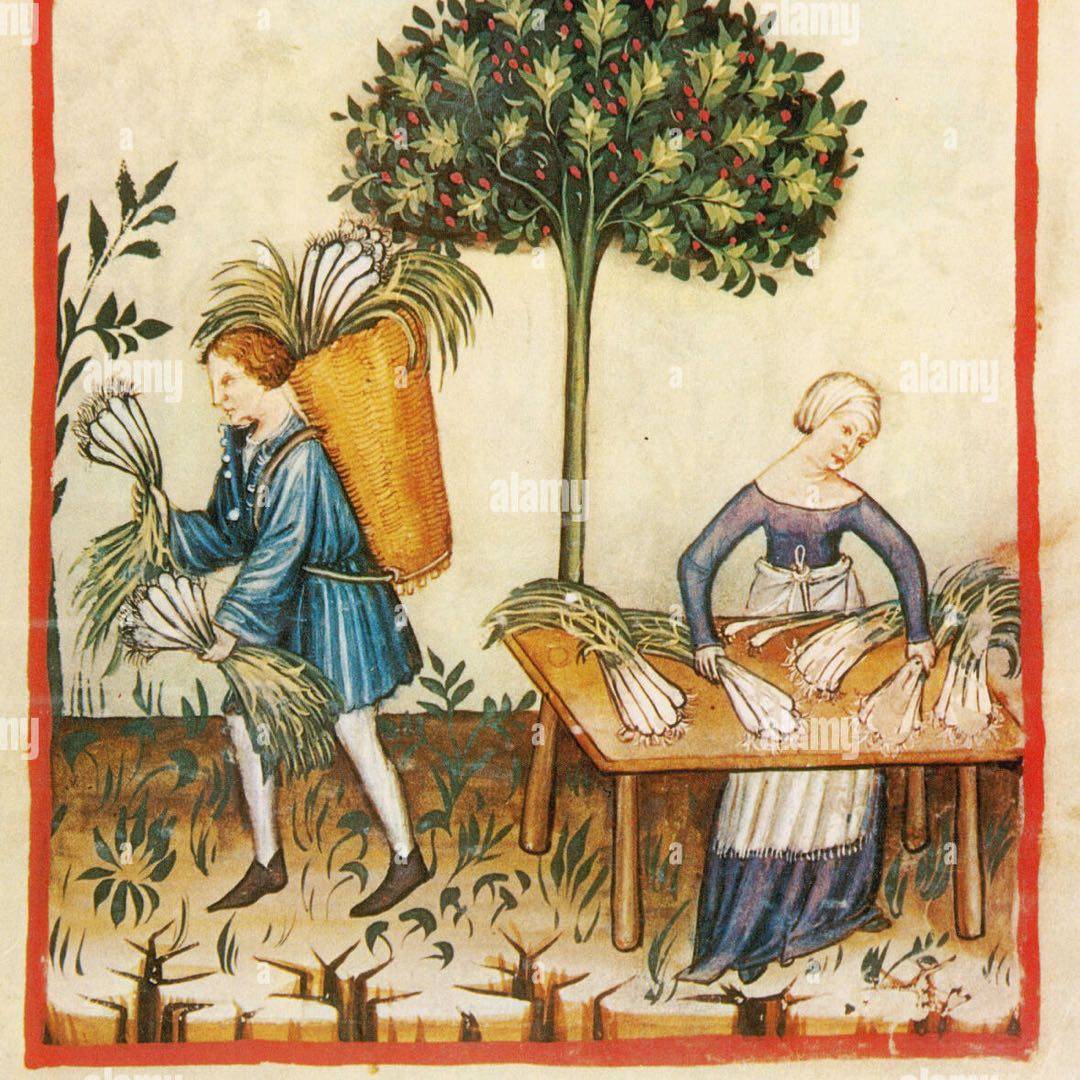
From very early times, onions were valued not only as food, but also for their skins, which were found to be a useful dye. Perhaps the earliest use of onion skin dye was to darken stews and broths. In many countries, including France at the time of the Renaissance, onions were baked for several days at low temperatures in a bread oven until they became fairly dark and were sold in the market to be placed in a stock to make the broth darker.
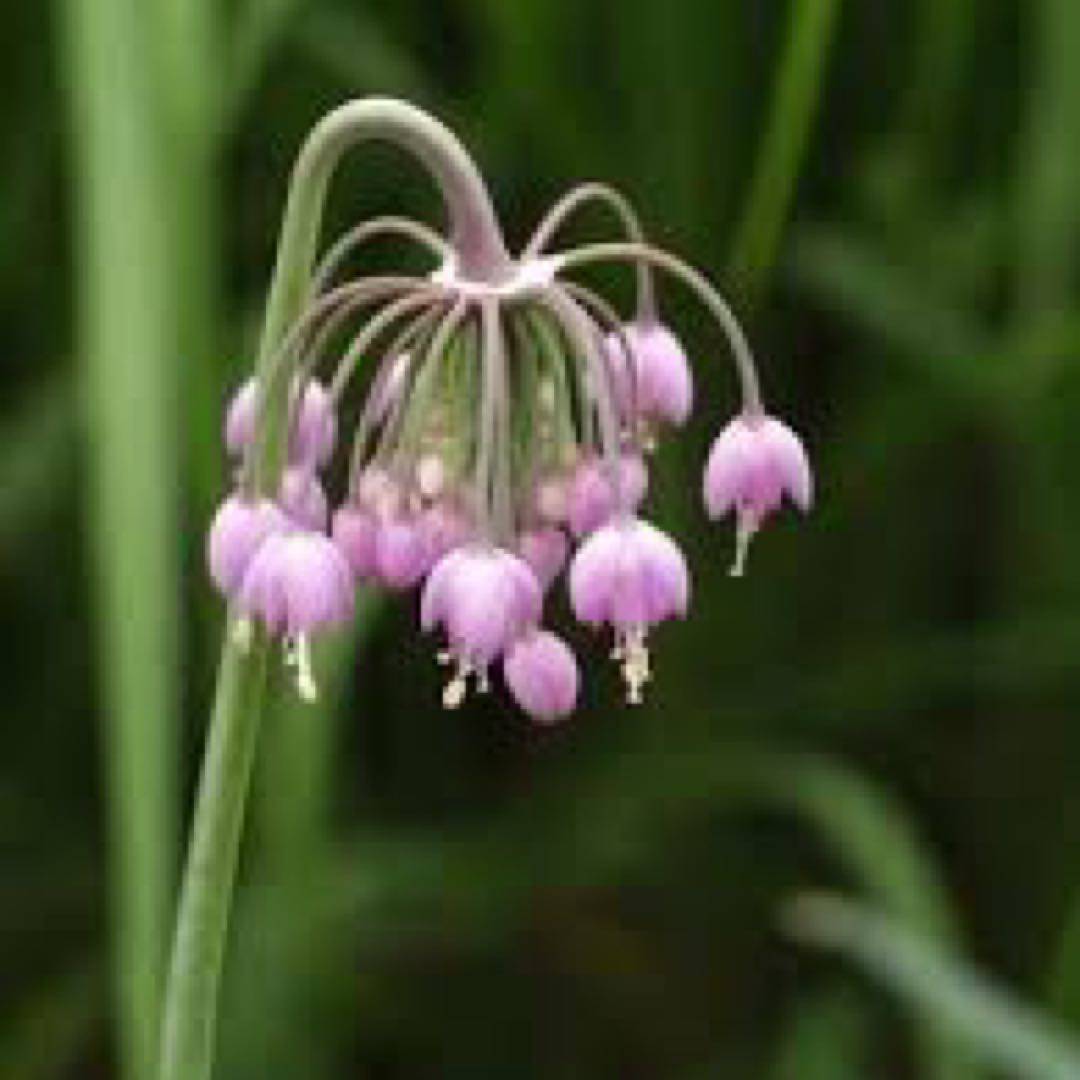
The French explorer Jacques Marquette, traveling the shore of what is now Lake Michigan in 1674, relied for nourishment on an onion that the Indigenous locals called cigaga-wunji, which means “onion place” and is the origin of the name Chicago. In more recent times it has come to be known as the Canada onion, Allium canadense, and it grows wild in much of North America from New Brunswick to Florida and west to the Rocky Mountains. It is fairly⬇️